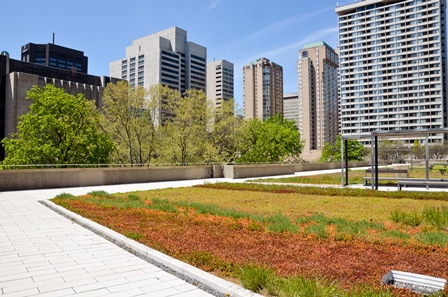
Sustainable Storm Water Management
Sustainable storm water management (SSWM) aims to collect, treat, infiltrate and or reuse rainwater as close as possible to the area where it falls and using natural systems. This Package considers stormwater as a valuable resource and tries to fully utilize it by controlling runoff where and when it is captured and making it available for use. The approach is based on the following principles [1]:- Reduce downstream flooding by attenuating runoff: reducing peak run-off rate and run-off volume (if possible).
- Minimize the impact of development on water quality by using drainage systems that provide treatment benefits through natural processes
- Providing integrated amenity, green space and biodiversity opportunities, and develop drainage designs that are sympathetic with the surrounding landscape character.
- Ensure appropriate long term ownership, management and maintenance arrangements are in place.
Based on the above principles, this package focuses on two solutions that have different urban land use and ownership scopes. The first Solution contains guidance on integrated stormwater management planning at a city level, and on the coordination activities with other urban plans. It contains actions for developing Sustainable Urban Drainage Systems (SUDS) in public open spaces, such as markets, squares, and transport infrastructure such as road networks, pavements, highways, parking lots, transport terminals (bus, rail and air), etc. The second Solution focuses on actions for developing SUDS for residential, commercial and institutional buildings and facilities. It fits under the framework created by the first Solution, but it is complementary in the sense that it explores measures to enhance the intake of SUDS by the private sector.


